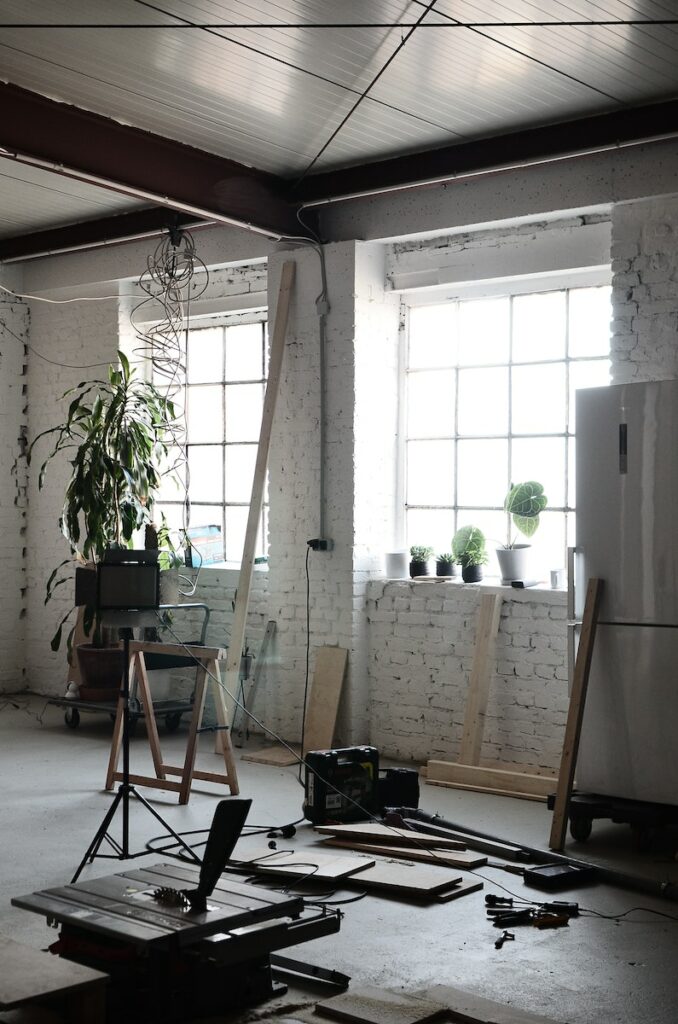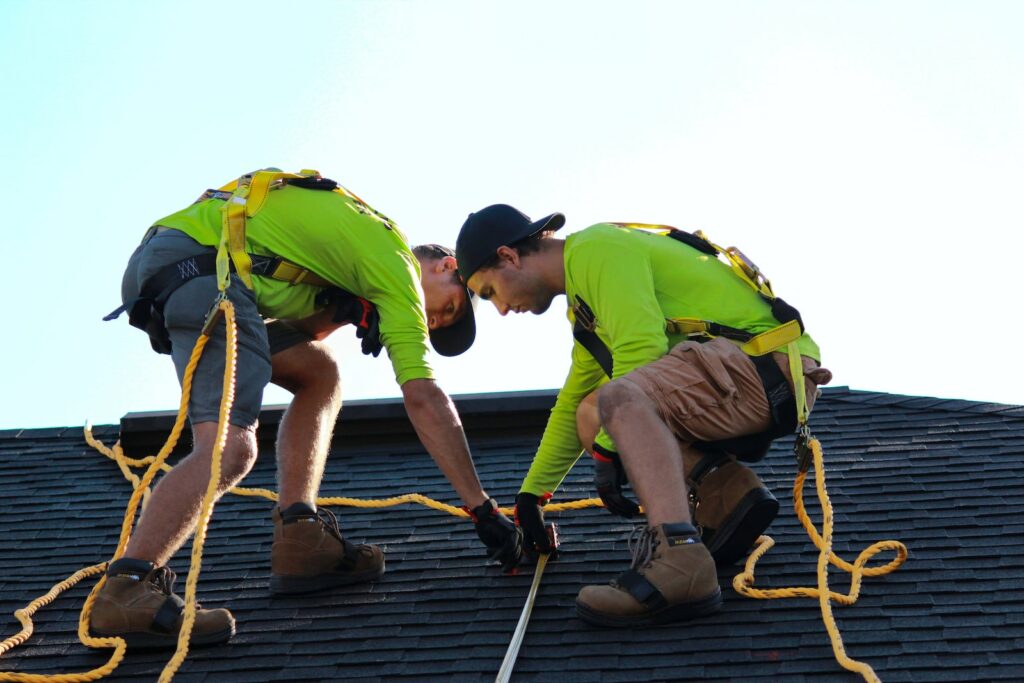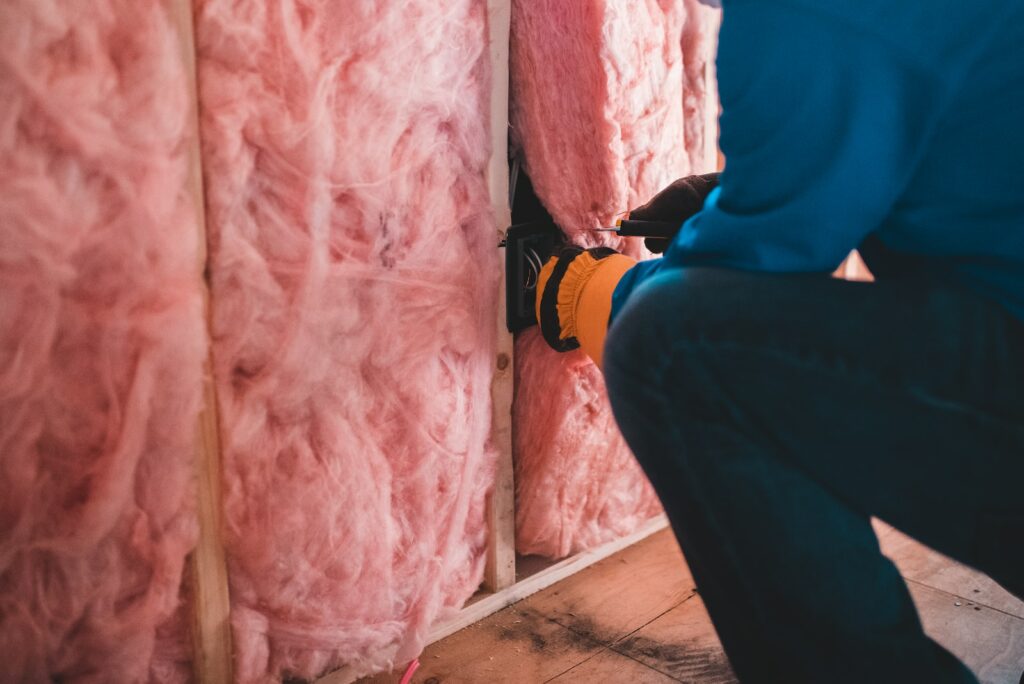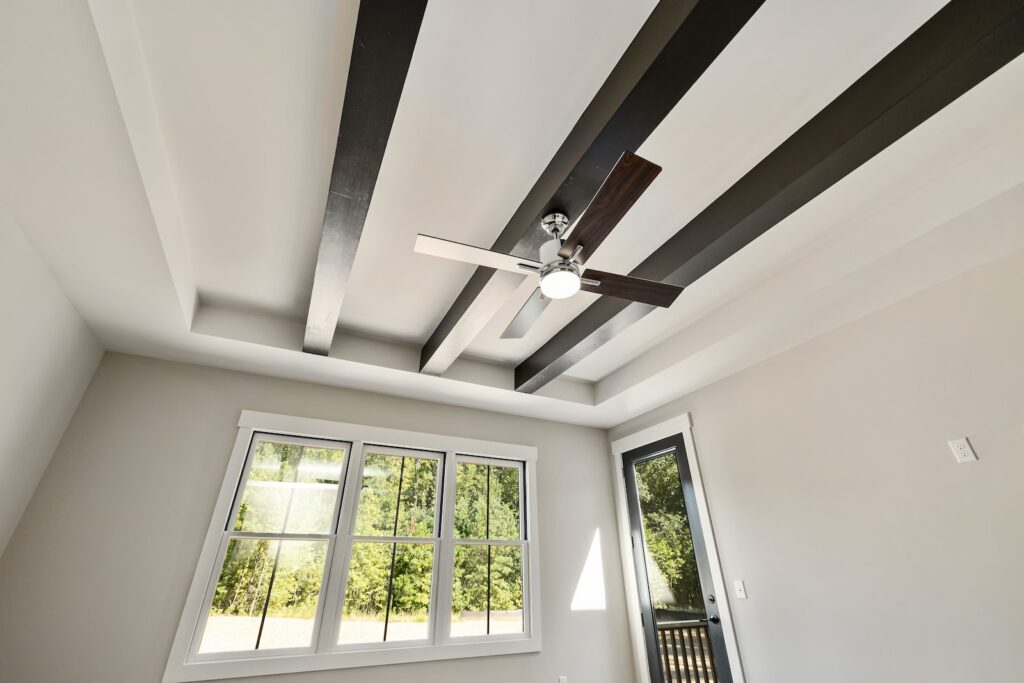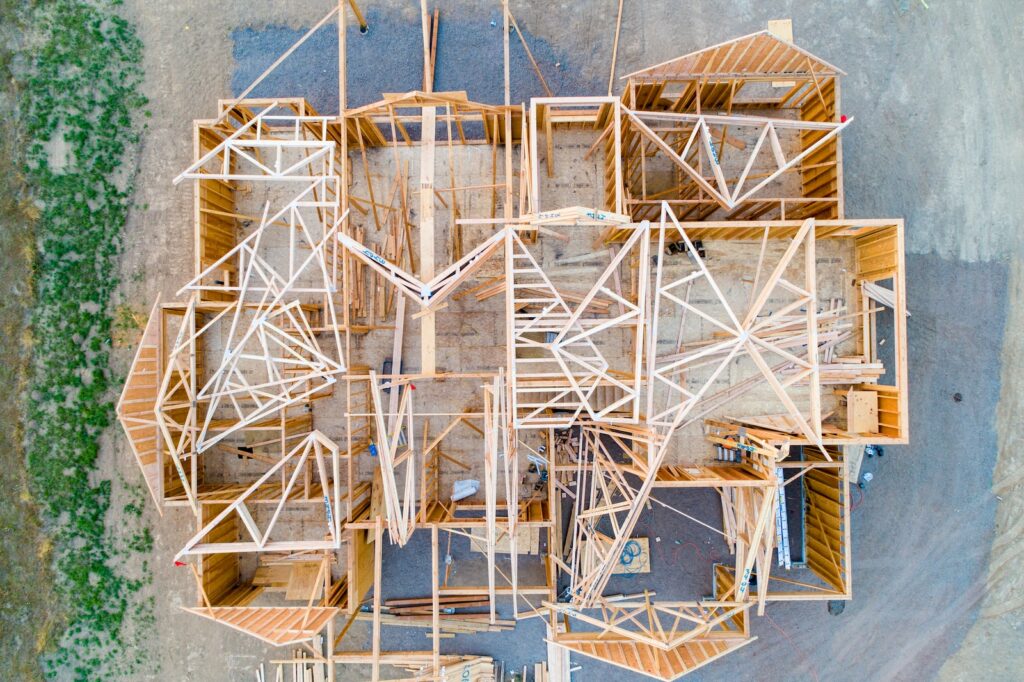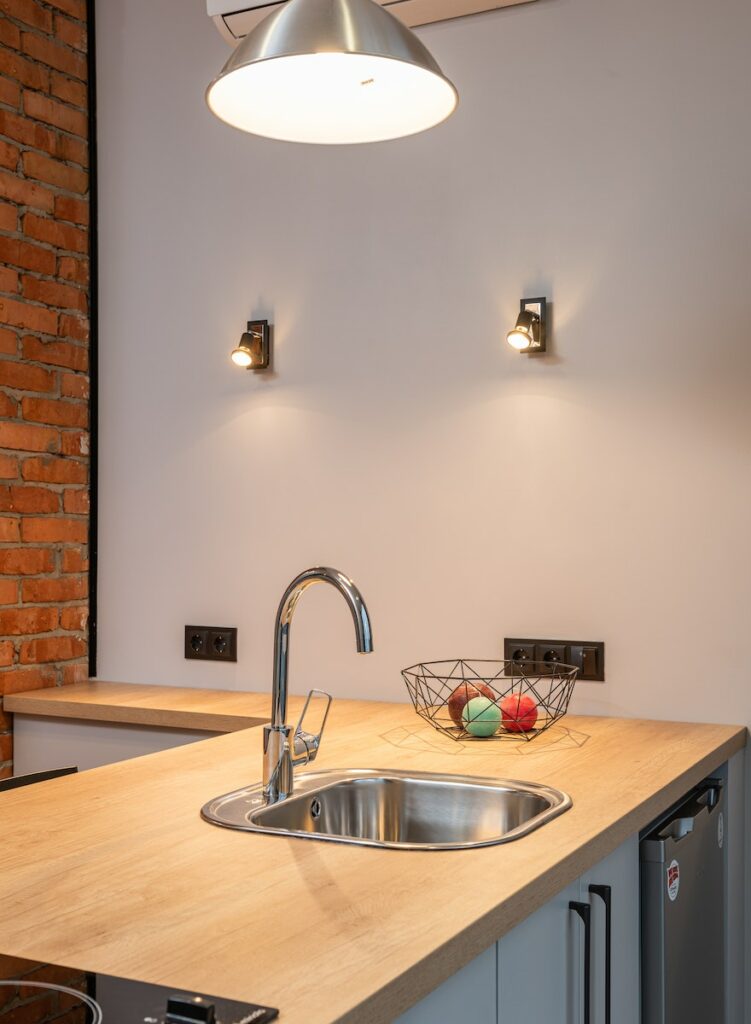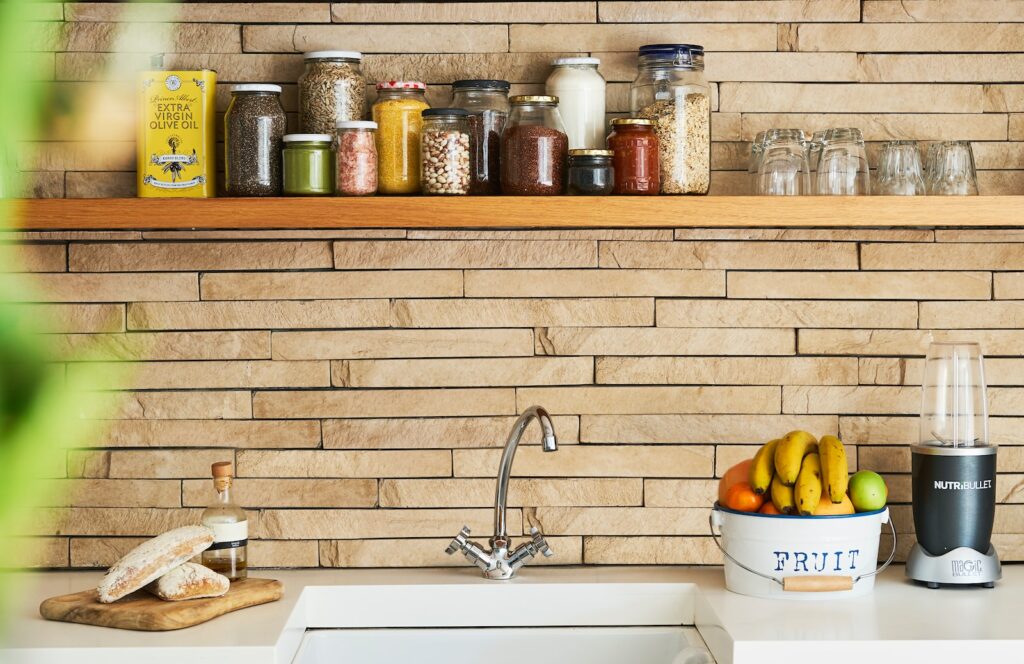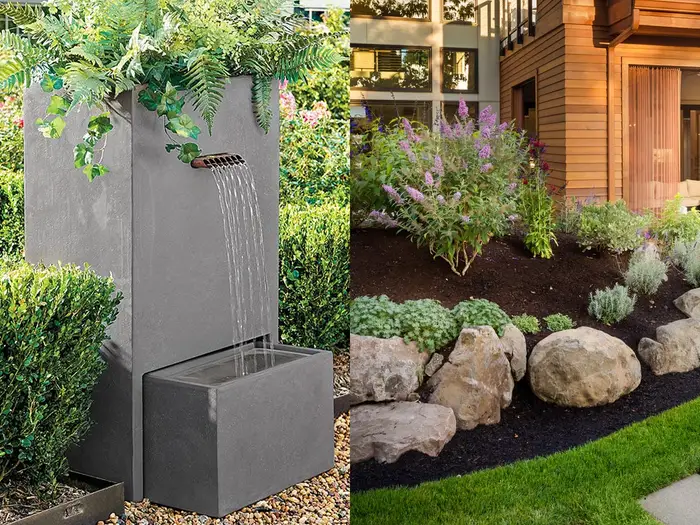Introduction
Creating a beautiful and functional backyard is a great way to improve your outdoor living space and increase the value of your property. Building a retaining wall is one of the most popular and cost-effective ways to achieve this. A DIY retaining wall is not only an attractive addition to your outdoor space, but it provides structural stability, helps level uneven or sloped yards, and can be used to create an outdoor space for entertainment and relaxation. In this guide, we will walk through the step-by-step process of how to build a retaining wall in your backyard.
Why Build a Retaining Wall?
Retaining walls serve many different functions, ranging from providing structural stability to creating level outdoor spaces and providing aesthetic value.
Structural Stability: One of the primary functions of a retaining wall is to provide structural stability. A retaining wall can prevent soil erosion and protect your property from the damage that can be caused by water runoff. If you have an uneven or sloped backyard, a retaining wall can help level out the area and provide support for the soil that would otherwise cause erosion.
Leveling Uneven Yards: Retaining walls can also be used to level out your backyard. This can transform an uneven, sloped yard into a flat, usable space for entertaining and relaxing.
Outdoor Spaces: The other primary function of a retaining wall is to create an outdoor space. A retaining wall can frame a patio or deck, create a private seating area, or even be used to section off an area to make it more appealing.
Aesthetic Value: In addition to being functional, a retaining wall can also add value to your property. Retaining walls come in a variety of colors and materials, allowing you to customize the look of your outdoor space.
Step-By-Step DIY Retaining Wall Building Guide
Step 1: Select the Materials and Type of Wall
The first step in building a DIY retaining wall is to select the type of wall and the materials you will be using. Common materials used for retaining walls include concrete blocks, stone, and wood. The type of wall you choose will depend on the size and budget of your project. For a smaller, budget-friendly project, a concrete block wall may be the best option. For larger projects, stone and wood may be better suited.
Step 2: Prepare the Area
Once you have selected the materials you will be using, the next step is to prepare the area where the retaining wall will be built. Make sure to remove any vegetation or debris from the area, and level the ground if necessary. You will also need to measure the area and calculate how much material you will need.
Step 3: Lay the Foundation
The next step is to lay the foundation for the wall. Depending on the type of retaining wall you are building, this may involve digging a trench or setting up a concrete footing. Make sure you properly measure and level the foundation to ensure the wall is stable.
Step 4: Install the Wall
Once the foundation is in place, you can begin installing the wall. Start by laying the first row of blocks, making sure to level each block and ensure they are securely locked together. Continue laying the blocks, adding layers as needed, until the wall is the desired height.
Step 5: Finish the Wall
The last step is to finish the wall. Depending on the type of wall you are building, this may involve backfilling the wall with soil and gravel, adding a layer of stone for aesthetic value, or adding a sealant to protect the wall.
Conclusion
Building a DIY retaining wall is a great way to improve your outdoor living space and increase the value of your property. It can provide structural stability, level uneven or sloped yards, and create an outdoor entertaining space. In this guide, we have walked through the step-by-step process of how to build a retaining wall. This project will take some time and money, but the end result is worth it. With the right materials and a bit of patience, you can have a beautiful and functional backyard in no time.




